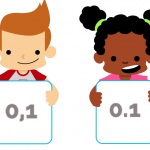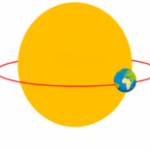Oct21
Do You Know What a Dozen Is?

In this post, we are going to talk about what a dozen is and its relation to other concepts that I’m sure you have heard in math class before. What is a dozen? A dozen is twelve units of something in a collection together. So we can have dozens of things, for example, twelve eggs […]
Continue reading »







